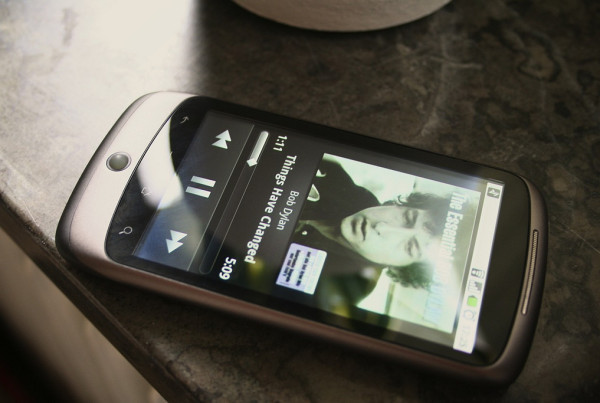Governor Greg Abbott says Texas officials are actively investigating to determine the cause and scope of an attack Sunday night outside a suburban Dallas venue hosting a provocative contest for cartoon drawings of the Muslim prophet Muhammad.
Two gunmen shot and wounded a security officer in Garland, outside the Curtis Caldwell Center, which is owned by the Garland Independent School District. Police then shot and killed the gunmen. Police also searched the gunmen’s vehicle for explosives.
ABC News and other media are reporting one of the shooters has been identified as Elton Simpson, an Arizona man who was previously the subject of a terrorism investigation.
The Associated Press says FBI agents were searching an apartment and a vehicle at a Phoenix apartment complex as part of the investigation.
The Texas Standard spoke with KERA North Texas reporter Stella Chavez about the attack, and with Rice Professor David Cook about why the contest itself was seen as controversial.
Chavez was at the police briefing earlier Monday morning. She says the two suspects never left the street where a few dozen officers were barricading entry to the building for security measures. The suspects pulled up in a dark vehicle and tried to get through a blocked off area where an unarmed Garland ISD security officer and a traffic cop were staked out in a car.
“The two men got out of the car and basically began shooting at the officers and they were carrying assault rifles,” Chavez says.
Chavez says the shooting occurred about 10 minutes before the event ended, and there were around 200 people inside the event center. One security officer was injured, and later released from the hospital with an ankle injury. Another officer returned fire, killing the two suspects. That officer did not suffer any injuries.
Garland Police Department spokesman Joe Harn spoke at Monday’s press briefing: “He did a very good job and probably saved lives. We think their strategy was to get into the event center and they were not able to get past that outer perimeter that we had set up – that was part of that security,” he said.
Officials are still looking into whether this was a terrorist attack on an event seen as offensive to many in the Muslim community.
“Essentially the contest is for the best depiction of Muhammad, the Islamic prophet,” Chavez says. “In this case an award of $10,000 was handed out to the best cartoon. Local leaders in the Muslim community said they told members of their community to stay away from the event, that they felt that it’s not worth giving them the attention that they want.”
David Cook is an associate professor of religion at Rice University. He says depictions of the Prophet Muhammad are seen as blasphemous.
“Many Muslims would consider the portrayal of the prophet as an offense. It is traditionally not done in islam,” Cook says. “In mainstream Islam, especially over the last two centuries, it’s become more and more problematic for Muslims to hear about expressions of Muhammad. Usually they are done by non-Muslims and sometimes these caricatures can be seen as offensive. Today, the larger section of the muslim community would probably not indulge in that.”
But Cook reminds us that violence against others is also not tolerated or advocated by the Muslim community.
“What you’re finding is that those people that are carrying out violence against especially cartoonists are usually associated with extreme radical groups who are looking for some sort of offense in order to heighten their profile within the Muslim community,” he says. “They’re looking for boundary issues where they can draw a boundary between Muslims and non-Muslims.”













